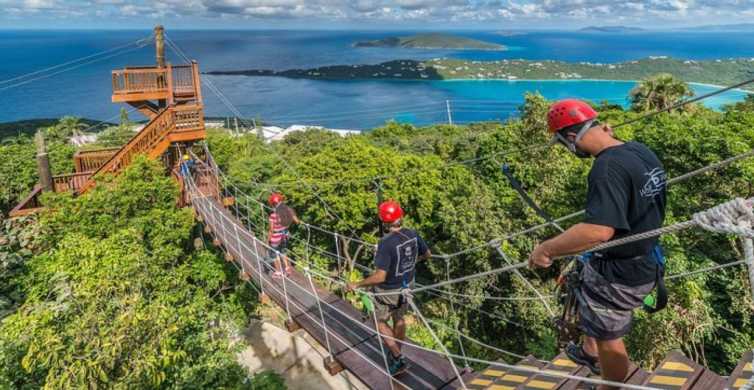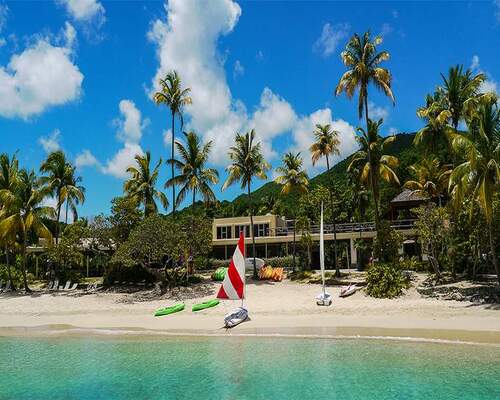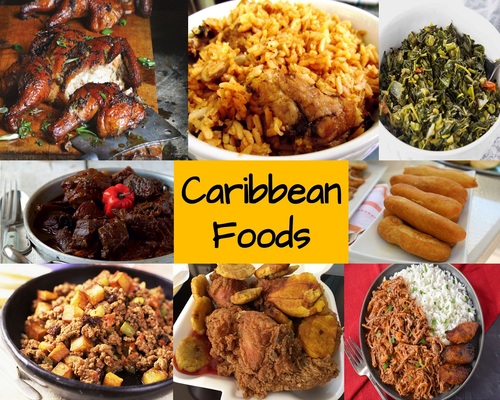Some tips for making the most of your trip to the U.S. Virgin Islands to experience the outdoors
The three islands that make up the U.S. Virgin Islands, St. Croix, St. Thomas, and St. John, are located roughly 2,000 kilometers southeast of Miami, Florida, and are distinguished by turquoise waters, lush tropical woods, and coral sand beaches. The U.S. Virgin Islands National Park, located in Charlotte Amalie harbor on St. Thomas (about 6 nautical kilometers away), has 2,832 hectares of native flora and fauna, including 800 plant species and 160 bird species. It covers the majority of Hassel Island and about three-fifths of the island of St. John.
Getting There
There are several transfers needed to get to the national park because St. John does not have an airport. Flying to St. Thomas from a significant American city, then boarding a public ferry or a private water taxi, is the most direct method. Maps of the 20 paths and attractions are available at the Cruz Bay Visitor Center, which is 650 meters from St. John’s public ferry port.
Hiking Through the National Park
Hike to see rock carvings and artifacts from pre-Columbian American Indian civilization that reveal centuries of history. Four kilometers of the downhill Reef Bay Trail lead to the ruins of four Danish Colonial sugar farms that employed African slaves, as well as Arawak Indian petroglyph sightings. Reserve a guided hike with a ranger because the trail is rocky and steep; it concludes with a boat ride back to the visitor center.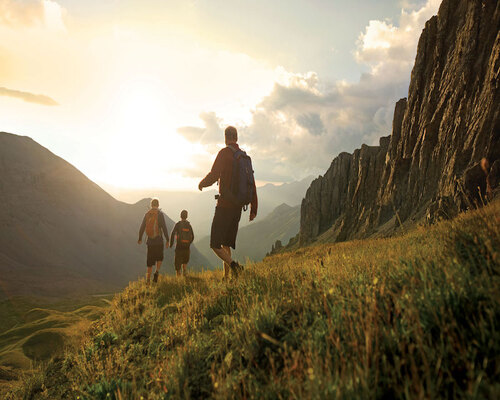
Bring water, lunch, sunscreen, insect repellent, comfortable clothing, and a swimsuit for a quick dip. Also, wear sturdy shoes. The Francis Bay boardwalk leads to a salt pond for bird watching, while the Cinnamon Bay Trail gives boardwalk access through the old remains for shorter hikes.
Splash Around in the Caribbean
There are several areas to swim, kayak, snorkel, and dive at St. John’s 14 beaches. To witness coral reef formations, turtles, rays, and conch, snorkelers frequently visit Waterlemon Cay on the north shore. Less people can be found at Little Cinnamon Beach, which is to the west of Cinnamon Bay Beach on the North Shore. And Haulover “North” Beach. Which borders the park on the island’s easternmost tip. At Westin St. John, there is a diving school called Cruz Bay Watersports. It offers instruction, certificates, wreck dives, and night dive and snorkel tours.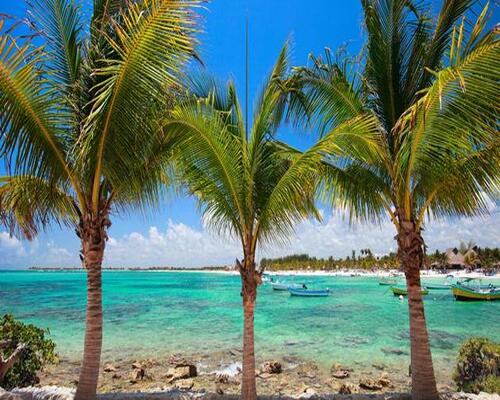
At the park’s Cinnamon Bay campground, the Cinnamon Bay Watersports Center rents sailboats, kayaks, and windsurfing gear. It also offers lessons. The Mixed Bag boats at the Westin St. John take groups in search of blackfin tuna, wahoo, and mahi-mahi for serious sport fishing.
Where to Stay
On the location of the former Rockefeller, the home stands Caneel Bay Resort, the only hotel in the park. The luxurious resort has seven beaches, beautiful vegetation, five dining establishments, free use of sailboats, kayaks, paddleboards, and snorkeling gear, and a robust kids’ program, but no televisions or phones.
A short distance from the park, at the Westin St. John Villas. Guests can stay connected with features including high-speed Internet and TV. The establishment offers a variety of dining establishments, a full-service spa, and a private ferry to St. Thomas.
What to Eat
Colonial African and American Indian cuisines were combined to create Caribbean food.
Rice, plantains, beans, cassava, cilantro, bell peppers, chickpeas, sweet potatoes, and coconut are common accompaniments to local fish dishes. On St. John, eateries like Miss Lucy’s and Morgan’s Mango. Specialize in island fares such as Haitian “voodoo” snapper, conch fritters, and a fiery West Indian stew known as Kallaloo.

